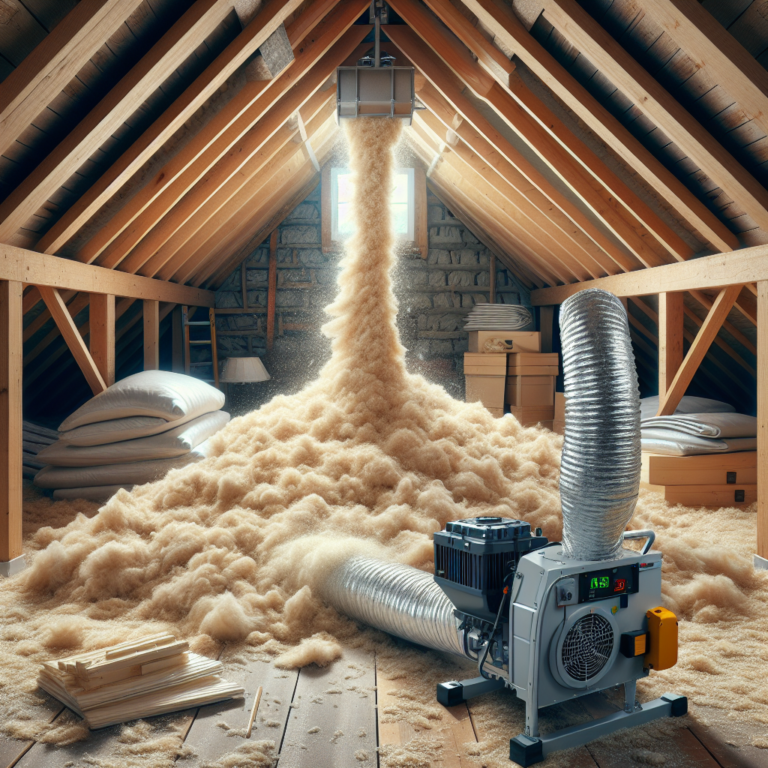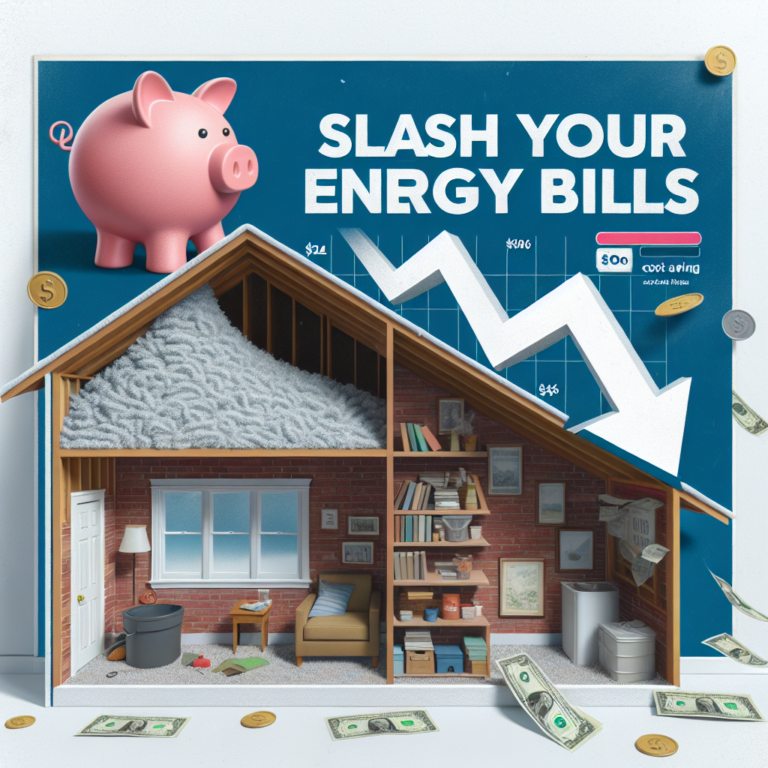Revolutionize Your Home with Green Cellulose Insulation: The Ultimate Guide
Introduction
Green cellulose insulation is transforming the way homeowners think about energy efficiency, comfort and environmental impact. Made from recycled paper fibers treated for fire and pest resistance, this blown-in insulation fills every nook and cranny of your walls and attic to create a seamless thermal barrier. In this ultimate guide, you’ll discover why green cellulose insulation is quickly becoming the top choice for homeowners seeking long-lasting savings, improved indoor air quality and a smaller carbon footprint.
Benefits of Green Cellulose Insulation for Your Home
Green cellulose insulation offers a host of advantages over traditional materials. Key benefits include:
• Superior Thermal Performance
– R-value of 3.8–4.0 per inch, higher than many fiberglass products
– Fills gaps, cracks and odd-shaped cavities for consistent coverage
– Keeps living spaces warmer in winter and cooler in summer
• Energy Cost Savings
– Reduces heating and cooling bills by up to 20% according to the U.S. Department of Energy
– Lowers HVAC workload, extending equipment life
– Fast payback through utility bill reductions
• Sound Absorption
– Dense fibers dampen street noise, airborne sounds and footfall
– Creates a quieter, more peaceful indoor environment
• Health and Indoor Air Quality
– Made from non-toxic, naturally fire-retardant materials
– No off-gassing or chemical odors after installation
– Resistant to mold growth when installed correctly
• Long-Term Durability
– Does not settle or compact over time
– Retains insulating power for decades
– Requires minimal maintenance once installed
How Green Cellulose Insulation Compares to Blown-In Fiberglass Insulation
If you’re weighing your insulation options, it’s important to compare green cellulose insulation with blown-in fiberglass.
R-Value and Coverage
• Cellulose: R-value up to 4.0 per inch, superior gap-filling ability
• Fiberglass: R-value around 2.2–2.7 per inch, may leave voids in tight spaces
Environmental Impact
• Cellulose: Made from recycled newspapers and cardboard, low embodied energy
• Fiberglass: Produced from sand and glass, requires higher furnace temperatures and energy
Installation and Safety
• Cellulose: Blown in with low-dust equipment, treated with borates for fire and pest resistance
• Fiberglass: Lightweight fibers can irritate skin and lungs, usually requires protective gear
Cost Considerations
• Cellulose: Slightly higher upfront material cost but greater long-term energy savings
• Fiberglass: Lower material cost but may require additional measures to seal air leaks
Soundproofing
• Cellulose: Denser composition absorbs more noise
• Fiberglass: Moderately effective but less dense than cellulose
The Environmental Benefits of Choosing Green Cellulose Insulation for Your Home
Choosing green cellulose insulation not only lowers your utility bills but also supports a more sustainable future.
Reduced Waste and Resource Conservation
• Utilizes up to 85% recycled paper content
• Keeps millions of pounds of waste out of landfills each year
• Decreases demand for virgin raw materials
Lower Carbon Footprint
• Production consumes up to 40% less energy than fiberglass or foam
• Helps cut household CO₂ emissions by improving energy efficiency
• Contributes to U.S. Green Building Council LEED credits
Non-Toxic and Safe
• Free of formaldehyde, VOCs and other harmful chemicals
• No off-gassing, improving indoor air quality for sensitive occupants
• Borate treatments deter insects and inhibit mold without synthetic pesticides
Long Lifespan and End-of-Life Benefits
• Lasts for decades without settling or degradation
• Can be removed and recycled or reused, further reducing environmental impact
Q&A
1. What is green cellulose insulation?
Green cellulose insulation is a blown-in material made from recycled paper fibers treated for fire resistance. It creates an effective thermal and acoustic barrier in walls, attics and crawl spaces.
2. How is green cellulose insulation installed?
Installation involves using a specialized blowing machine that propels the loose fibers into the target cavity through a hose. Professional installers ensure full, even coverage and proper density.
3. How does green cellulose insulation save money?
By sealing gaps and providing a high R-value, green cellulose reduces heating and cooling loads. Homeowners typically see a 10–20% drop in energy bills, recouping installation costs within a few years.
4. Is green cellulose insulation safe and non-toxic?
Yes. Green cellulose is treated with borate, a natural mineral that is non-toxic to humans and pets, yet effective against mold, fire and pests. It does not emit harmful chemicals or odors.
Conclusion
Green cellulose insulation is the ultimate solution for homeowners aiming to revolutionize their living spaces. Its exceptional thermal performance, sound dampening qualities and environmental credentials make it a clear choice over traditional options. By investing in green cellulose insulation, you’ll enjoy lower energy bills, improved indoor comfort and the satisfaction of reducing your carbon footprint. Embrace the future of home insulation today and see how green cellulose insulation can transform your home into a healthier, more sustainable haven.












